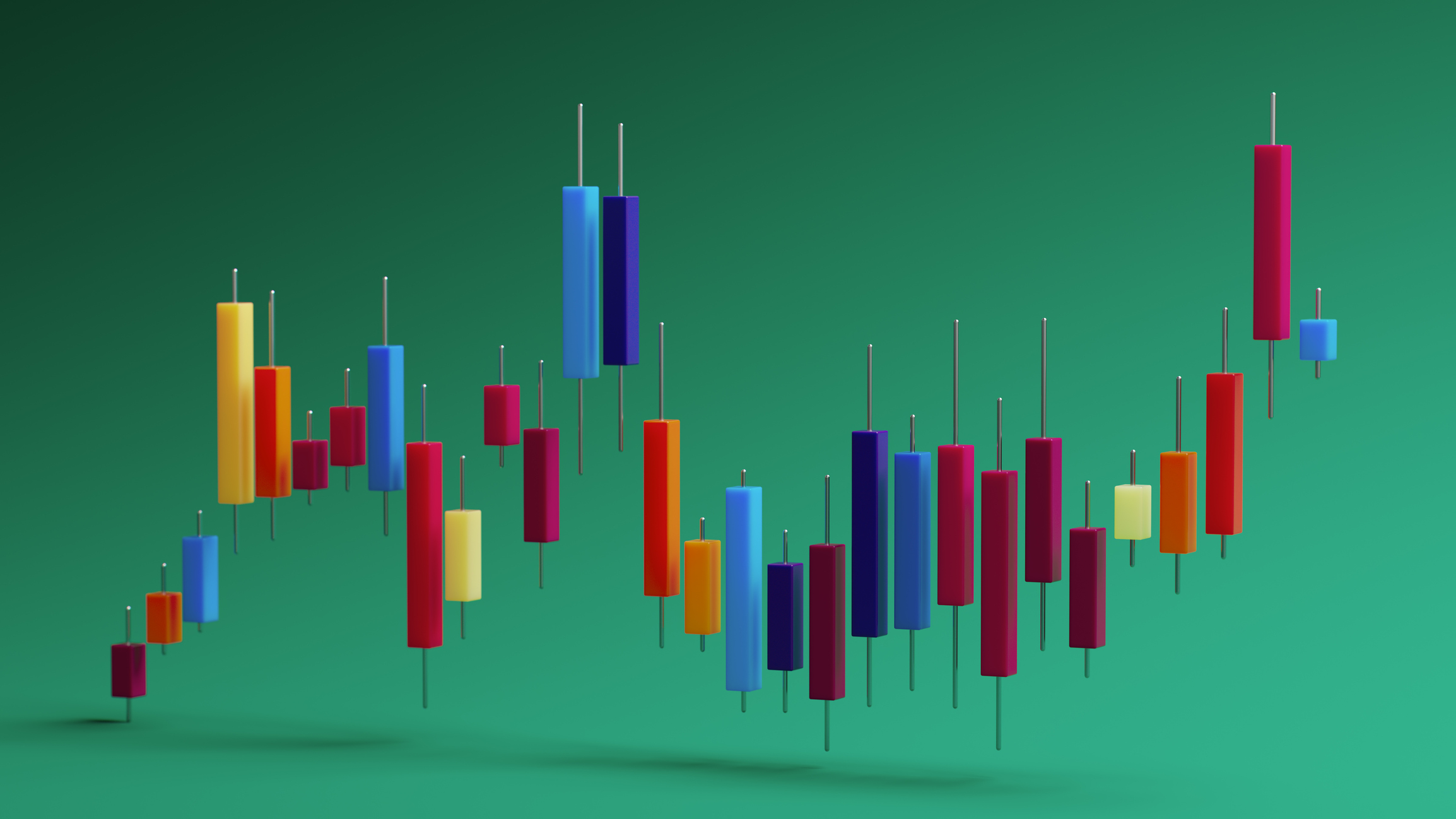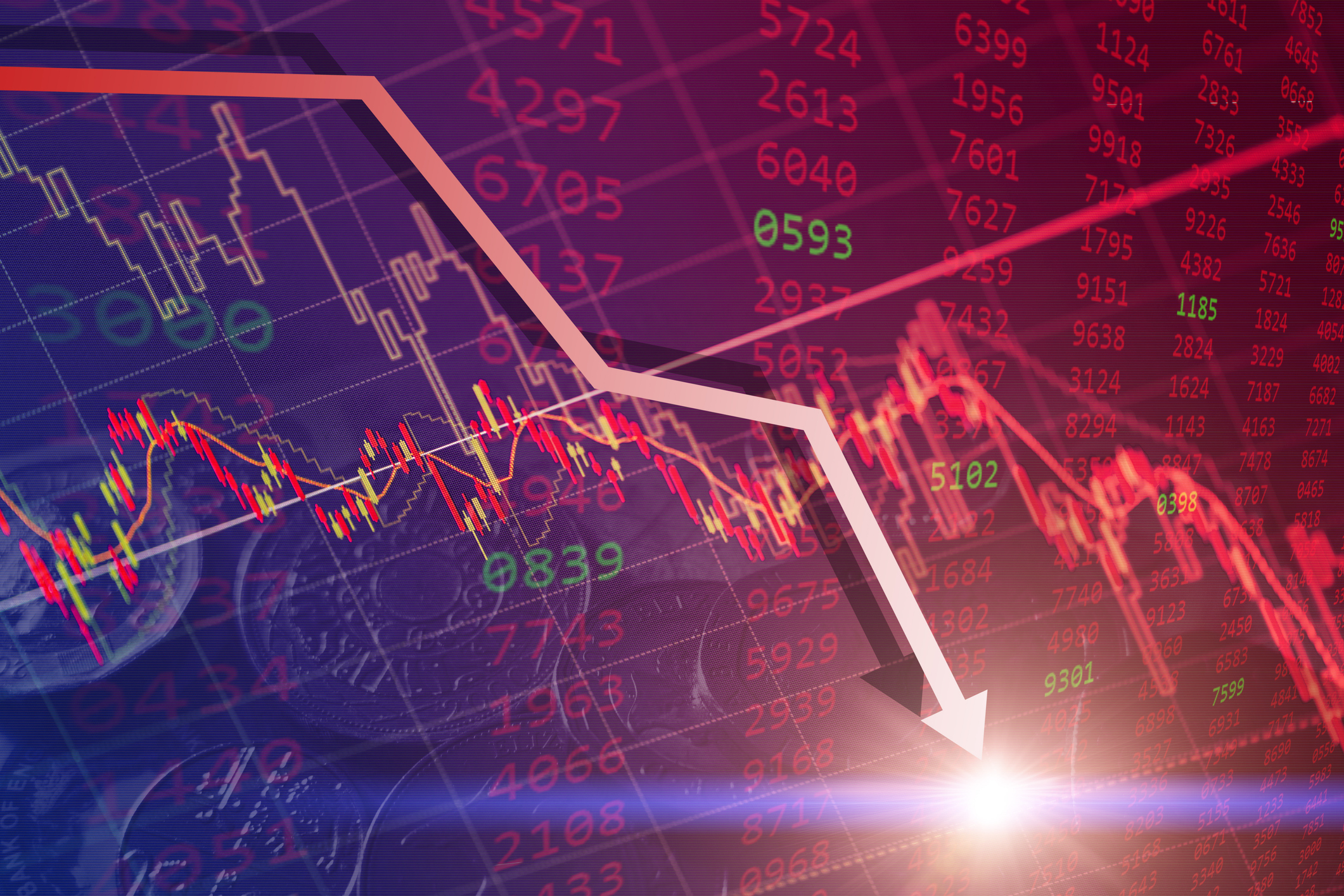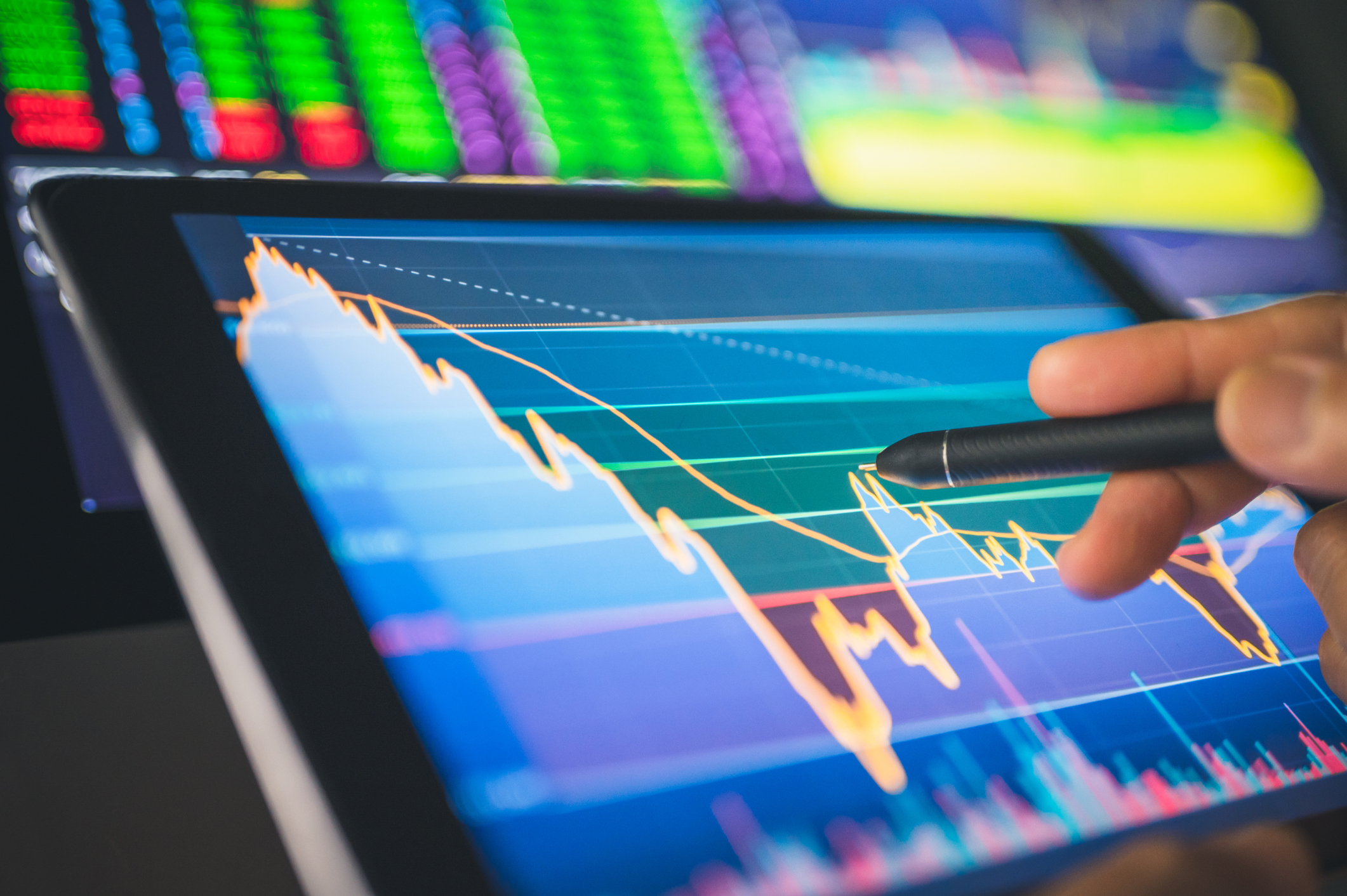Best Index Funds for Every Investor
Decisions can be difficult when you’re faced with too many choices.


Decisions can be difficult when you’re faced with too many choices. Take, for instance, index funds. Investors looking for a good, passively managed U.S. stock fund have more than 600 distinct mutual funds and exchange-traded funds from which to choose. More than 85 are tied to Standard & Poor’s 500-stock index in some fashion or another.
Luckily, you don’t have to comb through the lists to find the best funds. We’ve done the work for you.
Here are our favorite index funds in eight key categories, including companies of all sizes in U.S. and international stock markets. We also include total-market choices here and abroad for investors who want to keep things simple with a one-stop fund. Why no bond funds? Research shows that fixed income is one area where it pays to go active.
To find our favorite stock index funds, we stuck to some basic indexing tenets: Invest in broad indexes that track wide swaths of the market and that are weighted by market value—meaning the bigger the company, the bigger its position in the index. Then we focused on funds that charge among the lowest fees and that have performed closely in line with their indexes over time. Where possible, we make recommendations for a mutual fund and an ETF in each category—the one exception is in foreign, large-company stock funds.
Data is as of May 23, 2017. Click on symbol links in each slide for current share prices and more.

Large-Company Stock Funds
Fidelity 500 Index
- Symbol: FUSEX
- Expense ratio: 0.09%
- One-year return: 19.5%
- Three-year return: 10.3%
- Five-year return: 15.0%
- Symbol: IVV
- Expense ratio: 0.04%
- One-year return: 19.5%
- Three-year return: 10.3%
- Five-year return: 15.1%
iShares Core S&P 500 ETF
Fidelity 500 Index, our favorite index mutual fund for large-company stocks, charges a rock-bottom fee—for mutual funds. Only institutional or advisor-only-sold mutual fund share classes come cheaper.
What’s more, the big Boston financial-services firm that’s better known for its actively managed funds has proved that it can index pretty darn well. Over the past 15 years, the fund’s annualized return, 7.4%, lags the S&P 500 return by an average of 0.08 percentage points per year. (Index funds are expected to deliver returns as close as possible to the index they track, net of fees.) This fund, along with many other Fidelity index funds, is run by a subadviser, Geode Capital Management.
The expense ratio of iShares Core S&P 500 ETF dropped by nearly half in late 2016, from 0.07%. Its low fee—which is the same as the annual fee for its biggest rival, Vanguard 500 ETF (VOO)—is one reason we like this ETF. Execution is another. Over the past one, three and five years, no other S&P 500-tracking index fund or ETF has done a better job of keeping up with the index.
The fund’s five-year annualized return lags the index by an average of 0.07 percentage points per year, just a hair more than its expense ratio. It holds all of the stocks that currently make up the index. And just as they are ranked in the index, the biggest stocks by market value take up the biggest positions in the fund. Apple, Microsoft and Amazon.com are its biggest holdings.

Midsize-Company Stocks
Vanguard Mid Cap Index Fund
- Symbol: VIMSX
- Expense ratio: 0.18%
- One-year return: 18.8%
- Three-year return: 9.0%
- Five-year return: 14.7%
- Symbol: VO
- Expense ratio: 0.06%
- One-year return: 18.9%
- Three-year return: 9.1%
- Five-year return: 14.8%
Vanguard Mid-Cap ETF
Vanguard manages nearly $3 trillion in index-fund assets, which beats everyone else by far. Though other firms are fighting fiercely to challenge its position, the fund firm in second place— BlackRock, with its iShares funds—doesn’t come close, with $1.1 trillion in index fund assets, according to Morningstar. So it should be no surprise that Vanguard funds figure prominently among our favorites. In the midsize-company stock space, the winners are Vanguard Mid Cap Index and its ETF counterpart, Vanguard Mid-Cap ETF
Each fund holds nearly 350 stocks in midsize firms, with an average market value of $12.8 billion. That’s bigger than the $7 billion average market value of holdings in the typical midsize-company stock fund. According to Morningstar analyst Adam McCullough, that’s because the index underlying the funds, CRSP U.S. Mid-cap Index, holds virtually no small-company stocks, unlike other midsize-company indexes. The funds’ top holdings include international data center Equinix, videogame maker Electronic Arts and financial-services technology firm Fiserv.

U.S. Stock All-in-One Funds
Fidelity Total Market Index Fund
- Symbol: FSTMX
- Expense ratio: 0.09%
- One-year return: 20.1%
- Three-year return: 9.8%
- Five-year return: 14.9%
- Symbol: SCHB
- One-year return: 20.0%
- Three-year return: 9.9%
- Five-year return: 15.0%
Schwab US Broad Market ETF
Expense ratio: 0.03%v
The upside of a total-market fund is that it invests in U.S. stocks of all sizes. You can sidestep having to navigate the ongoing shifts in market preferences for large companies or small companies at any given moment by holding them all in a single fund.
In this category, Fidelity Total Market Index is a standout. It doesn’t hold every stock in the index it tracks, Dow Jones Total Stock Market Index, but it comes close, with 3,380 stocks (out of 3,813 in the index). By avoiding the smallest and least-tradable names in the market, the managers can hold down the fund’s execution costs, says Morningstar analyst McCullough. Speaking of costs, the fund’s low expense ratio beats the fee on its Vanguard counterpart, Vanguard Total Stock Market Index Fund, by 0.06 percentage points, which over time will be an advantage, albeit slim.
Schwab US Broad Market ETF charges the lowest expense ratio of any fund or ETF highlighted in this story. It’s the kind of fee you typically see with index funds that have high, million-dollar minimums. (ETFs have no minimums.)
US Broad Market uses a sampling strategy to track its index, holding close to 2,000 stocks of the more than 2,400 in its bogey. But its profile still matches that of the broad market: 72% of the fund is in large-cap companies, 20% in midsize and 8% in small firms.
Both the Fidelity fund and the Schwab ETF are market-cap weighted, so the top holdings in each portfolio will closely resemble those of typical large-company stock index funds. Apple, Microsoft and Amazon.com take up the biggest positions in both.

Foreign Large-Company Stocks
Schwab International Equity ETF
- Symbol: SCHF
- Expense ratio: 0.06%
- One-year return: 19.7%
- Three-year return: 1.9%
- Five-year return: 9.2%
Our final choice in this category came down to two ETFs, one from Schwab, the other from Vanguard. In the end, we favored Schwab International Equity ETF. It is a hair cheaper than the Vanguard fund, FTSE Developed Markets ETF (VEA), that was in the running. But ultimately, we preferred the Schwab offering in this particular category because it is squarely a large-company fund, whereas the Vanguard ETF holds a smattering of small-company stocks.
Big firms make up 90% of the Schwab fund; midsize businesses account for the remaining 10%. Schwab International Equity tracks a FTSE index that includes all publicly traded large-company stocks in 24 developed markets, including South Korea. Stocks in the fund are weighted by market cap. Its biggest country exposures are Japan (22% of assets), the United Kingdom (16%) and France (9%).

Emerging-Markets Stocks
Fidelity Emerging Markets Index Fund
- Symbol: FPEMX
- Expense ratio: 0.30%
- One-year return: 29.8%
- Three-year return: 1.5%
- Five-year return: 4.5%
- Symbol: IEMG
- Expense ratio: 0.14%
- One-year return: 29.4%
- Three-year return: 1.2%
- Five-year return: -- (n/a)
iShares Core MSCI Emerging Markets ETF
- iShares Core MSCI Emerging Markets ETF gets our nod in this category. Don’t confuse this fund with iShares’s MSCI Emerging Markets ETF (EEM), which is missing the word “Core” in its name and comes with a whopping 0.72% annual expense ratio.
We also prefer Core MSCI Emerging Markets because it tracks a broader and more diversified index. The MSCI Emerging Markets Investable Market index (IMI) includes 2,600 large-, midsize- and small-company stocks in 23 countries. That’s over three times the number of stocks in the MSCI Emerging Markets index that EEM tracks.
Core MSCI Emerging Markets doesn’t hold all 2,600 stocks. Rather, it holds a smaller pool of shares in 1,870 companies—a strategy called sampling—sticking with stocks that are easily traded and where foreign ownership eligibility is not a concern.
Our favorite mutual fund in this category is Fidelity Emerging Markets Index. It tracks the MSCI Emerging Markets index by holding all the stocks in the index—867 at last count.

Foreign All-in-One Funds
Vanguard Total International Stock Market Fund
- Symbol: VGTSX
- Expense ratio: 0.18%
- One-year return: 20.1%
- Three-year return: 1.8%
- Five-year return: 8.5%
- Symbol: VXUS
- Expense ratio: 0.11%
- One-year return: 21.1%
- Three-year return: 2.0%
- Five-year return: 8.6%
Vanguard Total International Stock Market ETF
- Vanguard Total International Stock Market Fund and its ETF counterpart, Vanguard Total International Stock Market ETF, are good choices for investors looking for a one-stop, foreign-stock fund. Both invest in international companies of all sizes in developed and emerging countries.
Each fund owns nearly 6,000 stocks in more than 45 countries around the world. Although the funds’ mandate spans companies big and small, because of the index’s market-value weighting methodology, 80% of assets sit in stocks of large firms. Midsize firms take up another 16%, and small companies, 4%. Nestlé, Samsung Electronics, Roche Holding and Novartis are their biggest stocks. All told, Total International Stock Market is a gigantic fund, with more than $270 billion in assets.

Foreign Small-Company Stocks
Vanguard FTSE All-World ex-US Small Cap Index Fund
- Symbol: VFSVX
- Expense ratio: 0.27%
- One-year return: 17.0%
- Three-year return: 2.5%
- Five-year return: 9.3%
- Symbol: VSS
- Expense ratio: 0.13%
- One-year return: 17.2%
- Three-year return: 2.7%
- Five-year return: 9.4%
Vanguard FTSE All-World ex-US Small Cap ETF
Its name is awkward, but Vanguard FTSE All-World ex-US Small Cap Index is the winner in this category. Also consider its similarly named ETF sibling, Vanguard FTSE All-World ex-US Small Cap ETF.
The mutual fund tracks an index that includes a large swath of small and midsize companies and countries—3,360 stocks in 45 countries. Two-thirds of the portfolio is packed with midsize firms; the rest is in small companies. The average market value of stocks in this fund is $1.5 billion. Compare that with the $2.7 billion average market value for the typical fund that invests in small and midsize foreign companies. The fund’s other differentiator—sometimes a help, other times a hindrance—is that close to 14% of its assets are invested in emerging-markets stocks. The fund’s exposure to developing nations had been a drag until recently, as was the market’s fondness for large-company stocks. But things turned around in 2016, a good year for emerging markets and for foreign small-company stocks. The FTSE All-World ex-US Small Cap Index mutual fund turned in a 4.2% return in 2016, far better than the 1.0% gain in the MSCI EAFE, another popular index that tracks foreign large-company stocks in developed countries.
Profit and prosper with the best of Kiplinger's advice on investing, taxes, retirement, personal finance and much more. Delivered daily. Enter your email in the box and click Sign Me Up.

Nellie joined Kiplinger in August 2011 after a seven-year stint in Hong Kong. There, she worked for the Wall Street Journal Asia, where as lifestyle editor, she launched and edited Scene Asia, an online guide to food, wine, entertainment and the arts in Asia. Prior to that, she was an editor at Weekend Journal, the Friday lifestyle section of the Wall Street Journal Asia. Kiplinger isn't Nellie's first foray into personal finance: She has also worked at SmartMoney (rising from fact-checker to senior writer), and she was a senior editor at Money.
-
 The Santa Claus Rally Officially Begins: Stock Market Today
The Santa Claus Rally Officially Begins: Stock Market TodayThe Santa Claus Rally is officially on as of Wednesday's closing bell, and initial returns are positive.
-
 How to Leave Different Amounts to Adult Children Without Causing a Rift
How to Leave Different Amounts to Adult Children Without Causing a RiftHere’s how to leave different amounts to adult children without causing a family rift.
-
 My Retirement Learning Curve, 1 Year In
My Retirement Learning Curve, 1 Year InA retiree checks in with what they wish they knew early on and what they've changed about their plan one year in.
-
 The Santa Claus Rally Officially Begins: Stock Market Today
The Santa Claus Rally Officially Begins: Stock Market TodayThe Santa Claus Rally is officially on as of Wednesday's closing bell, and initial returns are positive.
-
 'Humbug!' Say Consumers, Despite Hot GDP: Stock Market Today
'Humbug!' Say Consumers, Despite Hot GDP: Stock Market Today"The stock market is not the economy," they say, but both things are up. Yet one survey says people are still feeling down in the middle of this complex season.
-
 Stocks Rise to the Spirit of the Season: Stock Market Today
Stocks Rise to the Spirit of the Season: Stock Market TodayInvestors, traders and speculators are beginning to like the looks of a potential year-end rally.
-
 Nasdaq Leads as Tech Stages Late-Week Comeback: Stock Market Today
Nasdaq Leads as Tech Stages Late-Week Comeback: Stock Market TodayOracle stock boosted the tech sector on Friday after the company became co-owner of TikTok's U.S. operations.
-
 Cooler Inflation Supports a Relief Rally: Stock Market Today
Cooler Inflation Supports a Relief Rally: Stock Market TodayInvestors, traders and speculators welcome much-better-than-hoped-for core CPI data on top of optimism-renewing AI earnings.
-
 Nasdaq Sinks 418 Points as Tech Chills: Stock Market Today
Nasdaq Sinks 418 Points as Tech Chills: Stock Market TodayInvestors, traders and speculators are growing cooler to the AI revolution as winter approaches.
-
 Stocks Chop as the Unemployment Rate Jumps: Stock Market Today
Stocks Chop as the Unemployment Rate Jumps: Stock Market TodayNovember job growth was stronger than expected, but sharp losses in October and a rising unemployment rate are worrying market participants.
-
 Stocks Struggle Ahead of November Jobs Report: Stock Market Today
Stocks Struggle Ahead of November Jobs Report: Stock Market TodayOracle and Broadcom continued to fall, while market participants looked ahead to Tuesday's jobs report.
